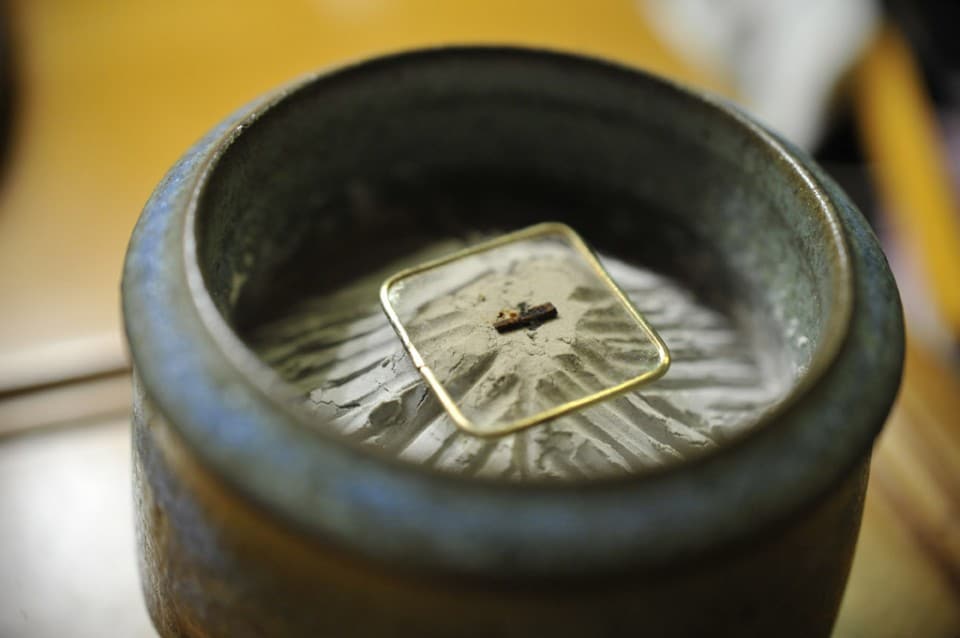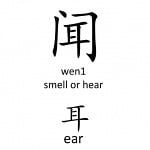I often meet people whom are interested in Incense but always told me that they were unable to discern nor distinguish some scents.
How can one enhance one’s sensory acuity?

We use our senses to probe the apparent reality of the world we live in all the time. Living in the “sense” realm, the “human realm”, we fill our daily lives with the pursuit of sensory delights and pleasures.
In broad categorization, we can divide our main five senses into two categories of physical or chemical senses. As a physical sense, the eye detects light, the ear detects vibrational waves in the air, the body is in direct contact with objects. The chemical senses, the nose detects chemical molecules in the air to which the human brain interpretes them to be scents, the tongue contains lots of receptors that bind to salts, protons, sugars to give the experience of taste.
There is a sixth “sense”, the mind consciousness that is always flickering like a candle in the wind, always drifting, moving, fluctuating between states of awareness and unawareness, shuffling between dwelling in the past, future, or in the present. This mind consciousness is also subjected to analysis of the various inputs from the other five senses.
In tea appreciation, a possible interplay of the senses are as follow
- The visual aesthetic of the setting, equipment, tea leaves, the process of brewing
- The sounds from the gentle boiling of water, the bubbling of the yixing pot as air escapes during brewing
- The sound of the tea being dispensed from the tea pot
- The color of the brew in the cup
- The olfactory profile of the tea
- The taste of the tea.
- Many more
The above details some of the things that happens during tea appreciation and how we are being “hit” by many sensory inputs. In order to improve one’s tasting and olfactory acuity, one can actually consider shutting off senses one by one and turning the focus to the mouth and nose by moving one’s cognitive focus and consciousness to these regions.
Experiment time! When sipping your favourite tea, consider closing your eyes to shut out visual inputs. What you should theoretically experience is increased focus on the nose and mouth areas. The heightened awareness and focus can help one pick up more notes or take notice of many more aspects of the tea. One can also consider using the “chemical sensor”, i.e. the tongue, in physical sensing. Still with eyes closed, what is the texture of the tea on the tongue, does it coat the tongue? Is it smooth or rough? Does it dehydrate the tongue or mouth?
Similarly when one comes to incense appreciation or appreciation of scents, after having taking a whiff of the incense, perfume, tea, one can consider closing out the visuals, and instead shift one’s awareness or consciousness to the ears. In this process, one may possibly experience a sense of “stillness”, no longer a focus on the nose, the scent is not being “rationalized nor actively pursued”, instead there seems to be a “space” created, a virtual cavity between the nose and the ears, an empty space where one can allow imagination to bloom.
The olfactory sense is also used to sense “taste” as per described in a previous article, and can also be used to sense textures, sharp, smooth, creamy, rough, gentle, soft etc.
Through these unique interplays between the senses and using senses in non traditional ways, one’s acuity can be heightened over time as the cognitive mind registers all the sensory inputs.
With sufficient mastery one day, one can conjure up scents or tastes in their mind, offering the ultimate reference for the comparison or identification/grading of fragrant materials/teas.





